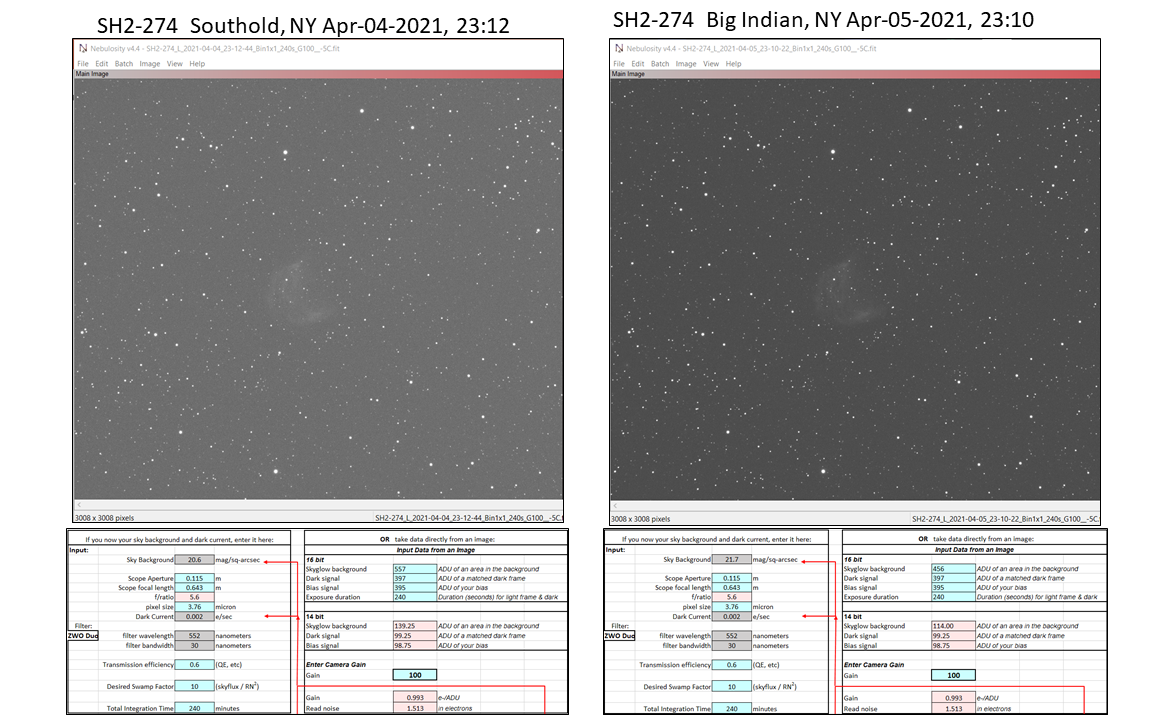A Trip to Darker Skies
I took a two-night trip to the Cold Spring Lodge, Big Indian New York.
I found this spot two years ago by studying dark sky maps and then looking for campsites, parks, and lodging in the darkest areas.
I noticed Cold Spring Lodge had a large open field, unusual for the Catskills. I called and asked if I could set up my astronomy gear in that field, and they said yes.
I used a Sky Quality Meter (SQM), and on both nights, readings were around 21.7 mag/sq-arcsecond. On the night before I left, it read 20.80 at Custer Institute in Southold, making this area in the Catskills almost 2.5X darker than Southold.
Although the mountains block a good portion of the lower Western sky, I caught the last portion of the Zodiacal Light, where the Pleiades was basking in its glow.
The Zodiacal Light is a faint, diffuse, and roughly triangular white glow visible in the night sky that appears to extend from the Sun's direction and along the zodiac, straddling the ecliptic. Sunlight scattered by interplanetary dust causes this phenomenon. Zodiacal light is best seen during twilight after sunset in spring and before sunrise in autumn when the zodiac is at a steep angle to the horizon. However, the glow is so faint that moonlight and/or light pollution outshine it, rendering it invisible.
In addition to the Sky Quality Meter, I also used the telescope and camera to perform a quantitative comparison of the sky darkness/brightness of Southold versus Big Indian.
I imaged the same target (Sh2-274) one night apart from each other, the first in Southold and the next night in Big Indian.
The telescope camera, exposure, gain, etc., were all identical. The weather and sky conditions were excellent in both locations for several days in a row.
In Southold, you could easily see that the sky got progressively brighter as the object moved further West and down into the glow of Mattituck and Riverhead. Whereas at Big Indian, there was no change in sky brightness at all for the entire night.
Images and analysis data* shown here:
I have developed the spreadsheet calculation over several years for more than 15 CMOS cameras. It uses a combination of the camera's specifications and performance, with wavelength dependent sky glow data supplied by the ESA. The results almost always perfectly match the Sky Quality Meter (SQM) readings, as they should.
This was the final image from 3 nights of combined data, (one night in Southold, two nights in Big Indian) with calibration, stacking processing and post-processing:



